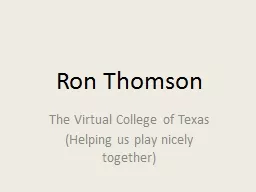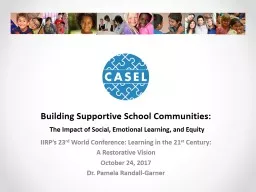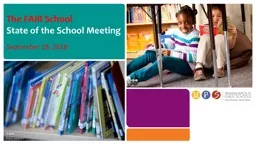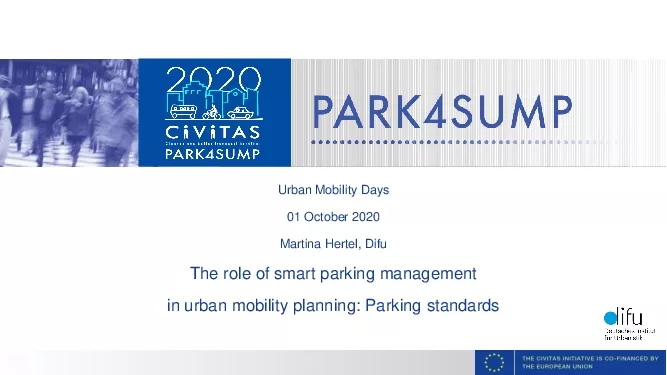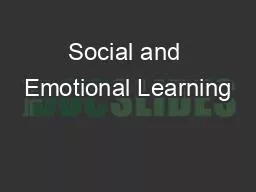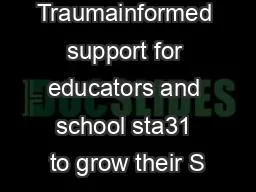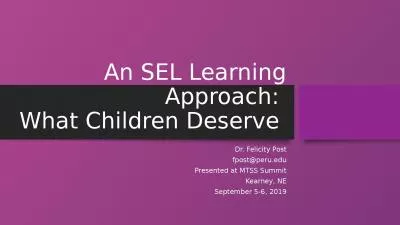PPT-Washington State SEL Development - Update Presenters Ron Hertel
Author : myesha-ticknor | Published Date : 2019-11-05
Washington State SEL Development Update Presenters Ron Hertel OSPI ronhertelk12waus 360 7256042 Sarah Butcher SEL for Washington SELforWAgmailcom 425 4423430 Outcomes
Presentation Embed Code
Download Presentation
Download Presentation The PPT/PDF document "Washington State SEL Development - Updat..." is the property of its rightful owner. Permission is granted to download and print the materials on this website for personal, non-commercial use only, and to display it on your personal computer provided you do not modify the materials and that you retain all copyright notices contained in the materials. By downloading content from our website, you accept the terms of this agreement.
Washington State SEL Development - Update Presenters Ron Hertel: Transcript
Download Rules Of Document
"Washington State SEL Development - Update Presenters Ron Hertel"The content belongs to its owner. You may download and print it for personal use, without modification, and keep all copyright notices. By downloading, you agree to these terms.
Related Documents


